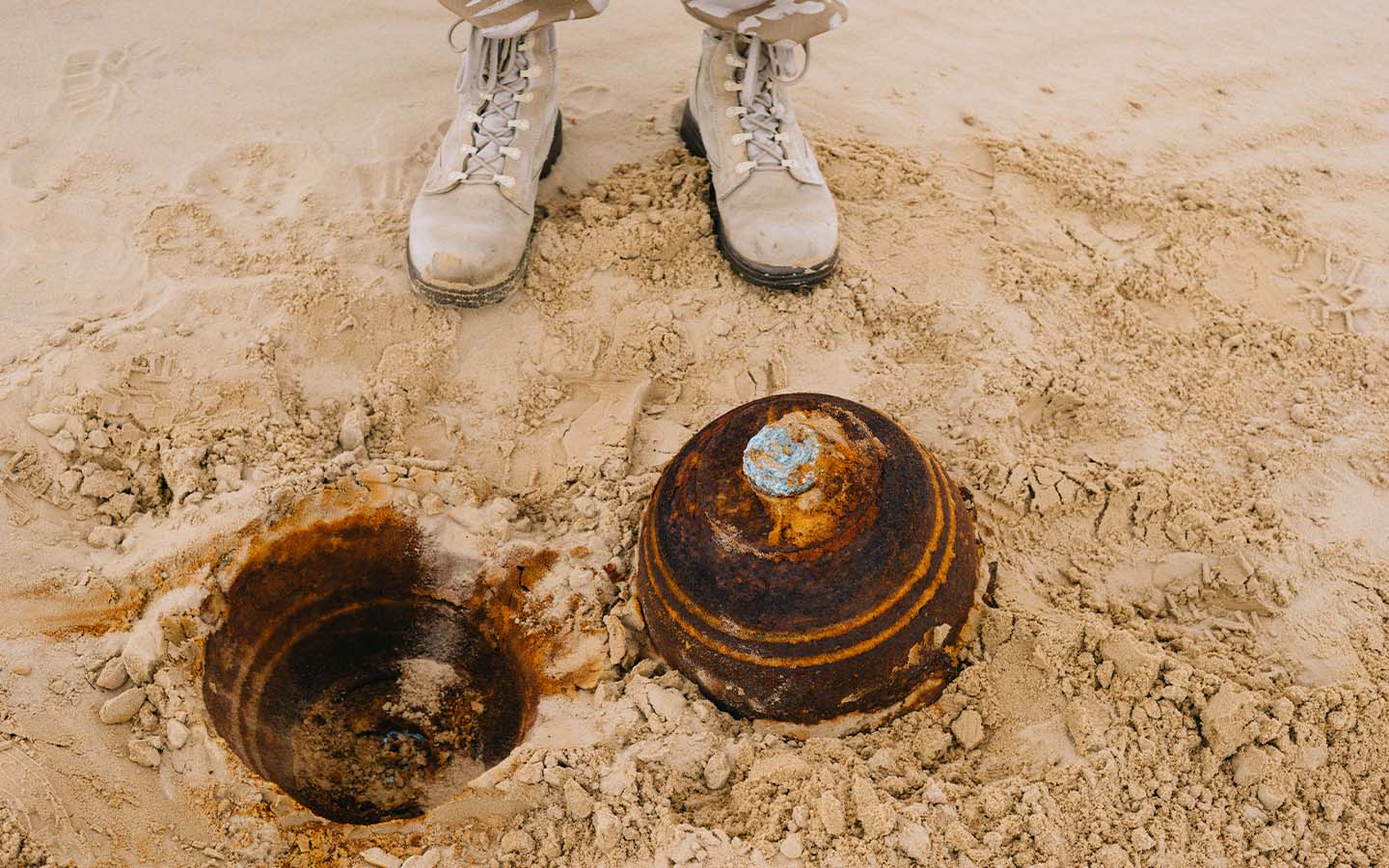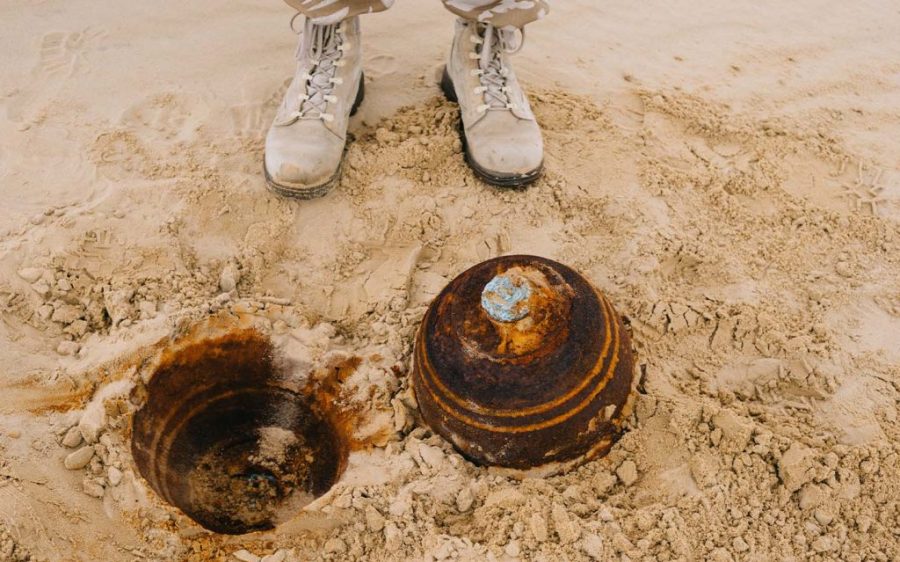Angola’s National Mine Action Agency (known by the Portuguese initials ANAM) has announced that at least 1.7 million square metres of land were demined in the Angolan province of Bié between January and September this year.
Local representative Ismael Brito reported on work by ANAM, British NGO HALO Trust and the National Demining Centre (CND) of the Angolan army at a recent meeting with members of the Bureau of the United Nations Standing Advisory Committee on Security Issues in Central Africa. Together they removed 12 anti-tank mines, 17 anti-personnel mines, 348 pieces of unexploded ordnance and 100 rounds of ammunition of various calibres. Some 25 areas in the province are currently being demined while 355 have been completed and 96 surveyed.
They also reminded more than 33,000 children and adults across nine municipalities on the need to be aware of undetected or unexploded mines. At least four accidents have been recorded this year, according to Brito, resulting in six deaths and 13 people injured.
[See more: Grenade tragedy underscores Angola’s ongoing issues with unexploded ordnance]
The first landmines were used in Angola in 1961, during its war for independence from Portugal, and the practice continued through nearly 40 years of conflict. In 2001, a year before the decades-long civil war finally ended, Doctors Without Borders estimated there were between 150 and 200 landmine victims every week, injured or killed by the millions of mines scattered across the country.
Significant progress has been made in the years since, with around 5 million explosive devices removed and ANAM expecting to declare four more provinces mine-free by 2025. Yet the organisation reported earlier this year that fully demining Angola will require more than US$238 million. James Cowan, head of HALO Trust, told the Portuguese news agency Lusa that the work was critical not only for the safety of Angolans but for the country’s efforts to develop ecotourism, agriculture and greater economic diversification
Many of the remaining minefields affect rural communities, limiting the space in which they can live, farm and raise livestock without fear of accidents. Brito echoed this in his report to UNSAC, stressing the positive impact of recent demining on the municipalities of Kuito, Andulo, Cunhinga, Camacupa and Cuemba, where the cleared land will now be used to build social facilities and grow crops.






